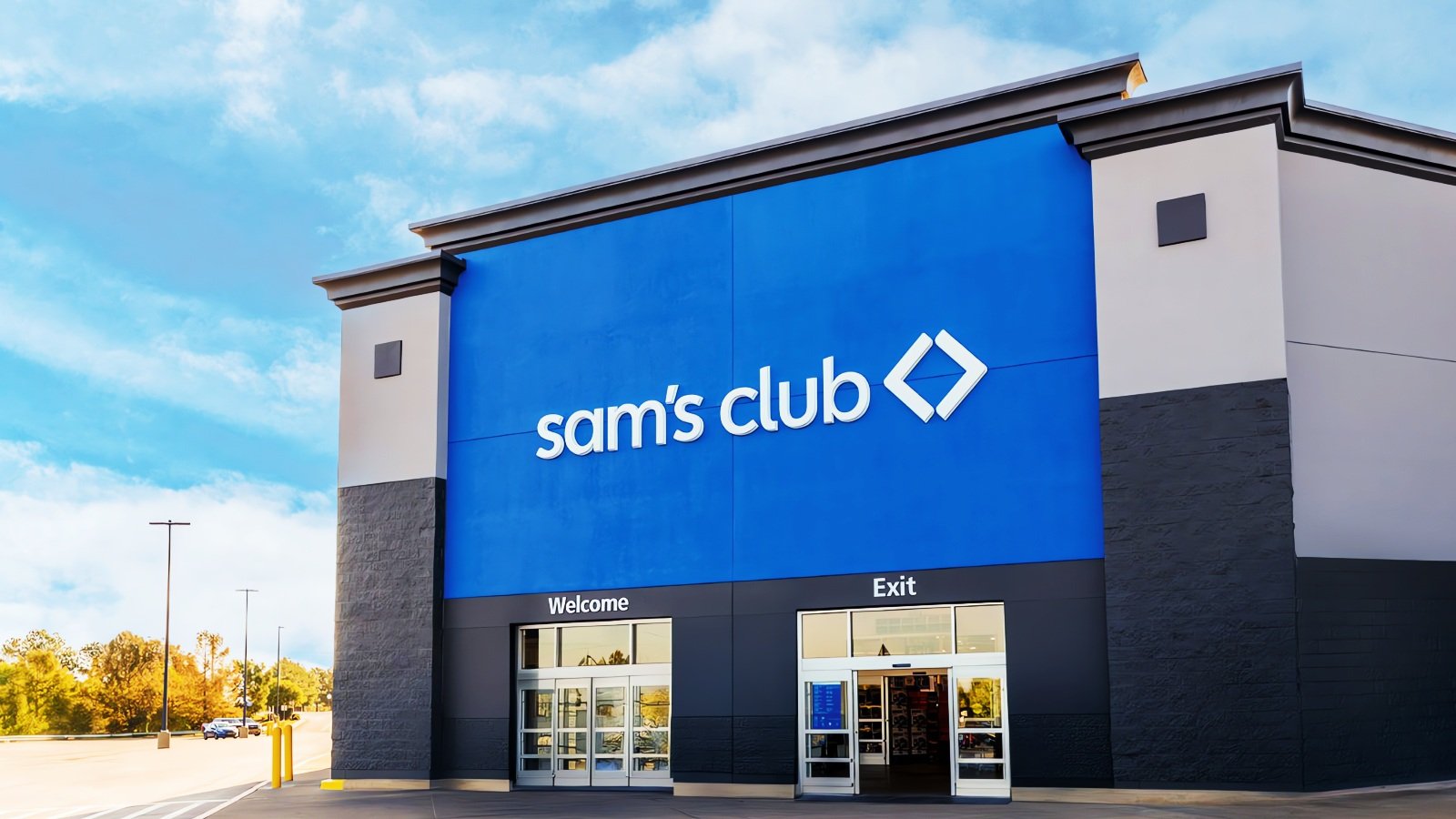Sam’s Club, a prominent American warehouse supermarket chain under the ownership of Walmart, is currently scrutinizing potential claims of a ransomware breach linked to the Clop group. This development raises significant concerns about cybersecurity preparedness and response in large retail organizations.
Overview of Sam’s Club
Operating over 600 warehouse clubs and catering to millions of members in the United States and Puerto Rico, along with nearly 200 additional locations in Mexico and China, Sam’s Club serves a broad customer base. With a workforce exceeding 2.3 million employees, the company reported impressive revenues of $84.3 billion for the fiscal year ending January 31, 2023.
Acknowledgment of Security Concerns
A spokesperson for Sam’s Club issued a statement regarding the situation, saying, "We are aware of reports regarding a potential security incident and are actively investigating the matter. Protecting the privacy and security of our members’ information is a top priority at Sam’s Club. We take these concerns seriously and will communicate further as appropriate." This response highlights the organization’s commitment to maintaining customer trust amidst growing cybersecurity threats.
Clop Ransomware Claims
As part of its dark web leak operations, the Clop ransomware group recently added an entry for Sam’s Club, suggesting they have acquired sensitive information. However, the group has not yet provided definitive proof of a breach. On their leak site, they alleged that the Arkansas-based retailer “doesn’t care about its customers” and disregards their security. This rhetoric underscores the psychological tactics used in ransomware attacks to instill fear in consumers and pressure organizations.
Connection to Broader Cyber Threats
The Clop group has gained notoriety for their aggressive data breach campaigns, particularly utilizing a zero-day vulnerability (CVE-2024-50623) in Cleo’s secure file transfer software—an exploited vulnerability that Cleo patched in October. While the scale of data breaches linked to this zero-day vulnerability remains unclear, Cleo claims that its products serve over 4,000 organizations globally.
Among the notable victims is Western Alliance Bank, which informed nearly 22,000 customers about the theft of personal data that occurred in October, attributed to a similar exploitation of third-party secure file transfer software. This incident illustrates the pervasive threat posed by ransomware groups that target service providers as a means to infiltrate larger organizations.
Historical Context of Security Challenges
This incident is not Sam’s Club’s first brush with cybersecurity threats. In October 2020, the company experienced credential stuffing attacks that compromised customer accounts. They responded proactively by resetting passwords for affected accounts. According to a representative, “This was not a breach of our systems, but rather a case of these parties obtaining user names and passwords from phishing campaigns, planting malware, or breaches at other companies.” This incident demonstrates the ongoing challenges organizations face in safeguarding against sophisticated attack vectors.
Conclusion: The Importance of Cyber Resilience
The potential breach at Sam’s Club serves as a crucial reminder of the imperative for robust cybersecurity practices within retail organizations. As cyber threats evolve, companies must not only prioritize immediate response strategies but also invest in long-term cybersecurity resilience programs. Engaging in regular security assessments, adopting advanced threat detection systems, and fostering a culture of cybersecurity awareness amongst employees are essential steps in mitigating risks.
For organizations looking to bolster their defenses against the growing frequency of ransomware attacks, understanding the tactics employed by threat actors and continually updating their security frameworks in line with current best practices is critical. This proactive approach is key to protecting sensitive customer data and maintaining trust in an increasingly interconnected economy.
